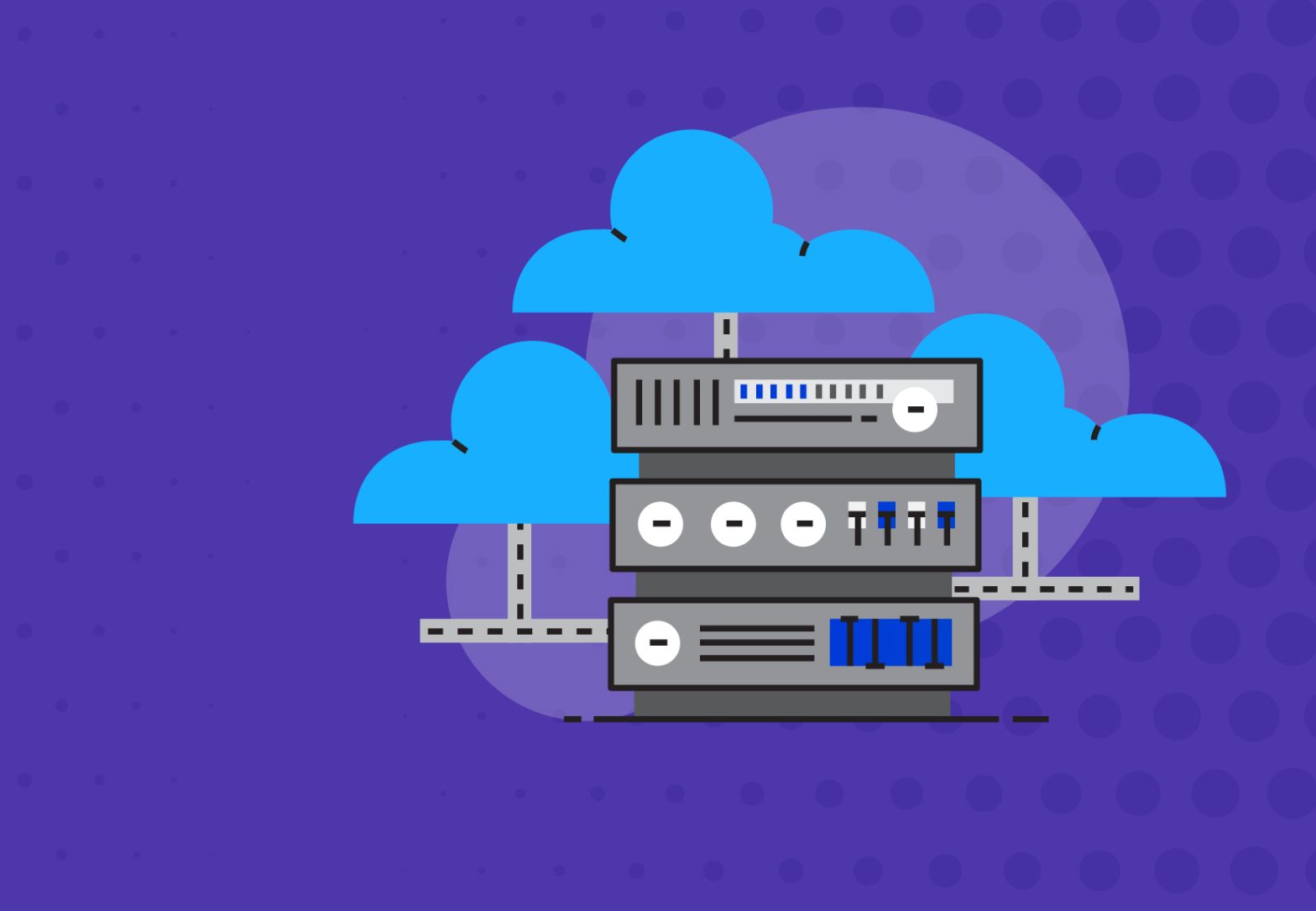How to Optimize OpenSIPS and FreeSWITCH for SIP Trunking?
SIP trunking has become a popular choice for businesses to enable cost-effective and scalable communication solutions. OpenSIPS and FreeSWITCH are two powerful open-source platforms that, when optimized correctly, can enhance the performance and reliability of your SIP trunking infrastructure. In this blog post, we will explore essential tips and best practices to optimize OpenSIPS and FreeSWITCH for SIP trunking, helping you achieve seamless and efficient communication.
Essential Tips and Best Practices to Optimize OpenSIPS and FreeSWITCH for SIP Trunking
Choosing the Right Hardware and Network Infrastructure:
To ensure optimal performance of your OpenSIPS and FreeSWITCH setup, it is crucial to start with the right hardware and network infrastructure. Consider the following factors:
- a) Server Hardware: Select servers with sufficient processing power, memory, and storage capacity to handle your anticipated call volume. Dual-core or quad-core processors, 8GB or more RAM, and solid-state drives (SSDs) are recommended for improved performance.
- b) Network Infrastructure: Implement a robust network infrastructure that supports low latency and high bandwidth. Utilize quality network switches and routers, and consider implementing Quality of Service (QoS) mechanisms to prioritize SIP traffic.
Proper Resource Allocation:
Efficient resource allocation is vital for optimizing OpenSIPS and FreeSWITCH. Here are some key considerations:
- a) CPU and Memory: Adjust the CPU affinity and memory allocation settings to ensure optimal resource utilization. Balance the workload across available cores and allocate sufficient memory for each service.
- b) Database Optimization: OpenSIPS relies on a database for various operations. Optimize the database server to ensure fast query execution and minimize resource usage. Indexing frequently accessed tables can significantly enhance performance.
Traffic Routing and Load Balancing:
Effective traffic routing and load balancing can improve the reliability and scalability of your SIP trunking infrastructure. Consider the following strategies:
- a) OpenSIPS Routing Script: Customize the OpenSIPS routing script to efficiently route incoming and outgoing traffic. Implement intelligent routing algorithms based on factors such as destination, load, and availability.
- b) Load Balancing: Distribute the SIP traffic across multiple FreeSWITCH instances to balance the load. Employ load balancing mechanisms like DNS-based Load Balancing or Proxy Load Balancers to achieve fault tolerance and optimal resource utilization.
Security and Firewall Configuration:
Security is paramount in any communication system. Enhance the security of your SIP trunking setup with these measures:
- a) Firewall Configuration: Configure your firewall to allow only necessary SIP traffic while blocking malicious requests. Utilize session-aware firewalls that inspect SIP headers and packets for enhanced security.
- b) Transport Layer Security (TLS): Implement TLS encryption to secure the SIP signaling and media traffic. Properly configure certificates, encryption protocols, and cipher suites for maximum security.
Monitoring and Performance Optimization:
Regular monitoring and performance optimization are essential to maintain a healthy SIP trunking infrastructure. Consider the following practices:
- a) Logging and Monitoring: Enable comprehensive logging and monitoring to track system behavior and troubleshoot issues effectively. Utilize tools like OpenSIPS Control Panel (OSP) or external monitoring solutions for real-time insights.
- b) Performance Testing: Conduct regular performance tests to identify bottlenecks and optimize system components. Use tools like SIPp or Wireshark to simulate high call volumes and analyze performance metrics.
Continuous Updates and Maintenance:
Stay up-to-date with the latest releases of OpenSIPS and FreeSWITCH, as they often introduce performance improvements, bug fixes, and security patches. Regularly apply updates and perform system maintenance to ensure a stable and secure environment.
Optimize OpenSIPS for SIP Trunking:
- a. Configuration Tuning: Fine-tune OpenSIPS configuration parameters based on your specific requirements. Adjust parameters related to SIP session timeouts, connection limits, and resource allocation to optimize performance and prevent resource exhaustion.
- b. Load Balancing: Use a load balancer to distribute traffic evenly across multiple OpenSIPS instances. Load balancing helps prevent overloading individual servers and ensures efficient utilization of resources.
- c. Caching: Implement caching mechanisms to reduce the load on the OpenSIPS server. Use tools like Memcached or Redis to cache frequently accessed data, such as authentication credentials, DNS resolutions, and routing information.
- d. Monitoring and Logging: Configure comprehensive monitoring and logging systems to track system performance, identify bottlenecks, and troubleshoot issues promptly. Utilize tools like Prometheus and Grafana for real-time monitoring and analysis.
Optimize FreeSWITCH for SIP Trunking:
- a. Media Handling: Fine-tune FreeSWITCH media settings to optimize audio quality and reduce latency. Adjust codecs, jitter buffer settings, and packetization parameters to achieve the desired balance between voice quality and bandwidth consumption.
- b. Call Routing: Optimize call routing in FreeSWITCH to minimize call setup time and maximize call completion rates. Use efficient dial plan scripting and route caching techniques to reduce processing overhead.
- c. Resource Management: Properly allocate system resources such as CPU, memory, and disk I/O to ensure optimal performance. Set appropriate thread and process limits, tune the thread pool size, and utilize storage systems with high IOPS for better disk performance.
- d. Codecs and Transcoding: Configure FreeSWITCH to support the most commonly used codecs in your SIP trunking environment. Implement transcoding only when necessary to minimize CPU utilization.
Conclusion:
Optimizing OpenSIPS and FreeSWITCH for SIP trunking involvesa combination of hardware selection, resource allocation, traffic routing, security measures, monitoring, and maintenance. By following the tips and best practices outlined in this blog post, you can enhance the performance, scalability, and security of your SIP trunking infrastructure.
Remember to carefully choose the right hardware and network infrastructure, allocate resources effectively, implement intelligent traffic routing and load balancing, configure robust security measures, monitor system performance, and stay up-to-date with updates and maintenance tasks.
With optimized OpenSIPS and FreeSWITCH configurations, you can ensure a seamless and efficient communication experience, enabling your business to leverage the benefits of SIP trunking effectively.














